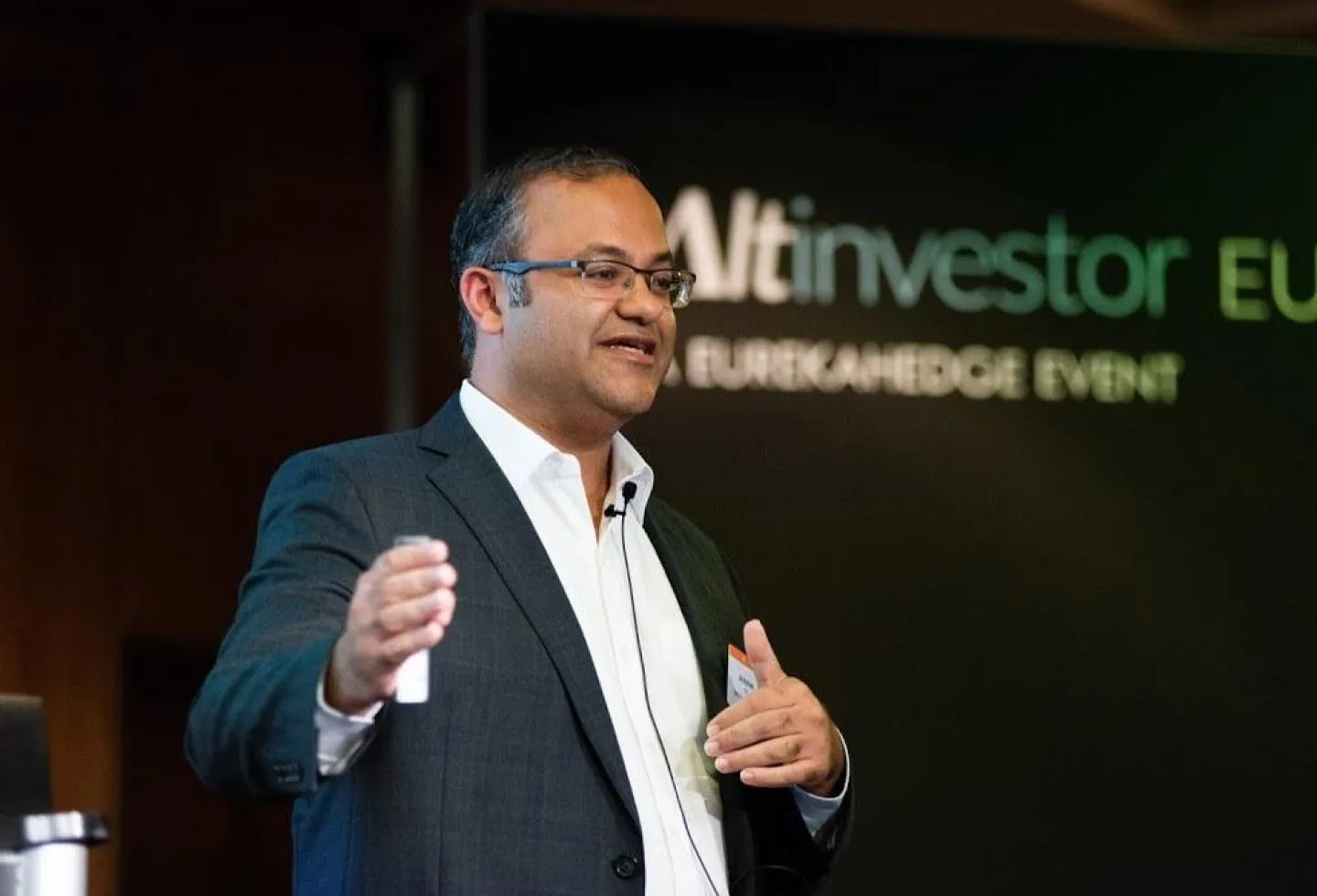You can throw bonuses, free spins, or deposit matches at users all day long. Some will bite. A few might even stick around for a bit. But unless you’re building something with long-term value, they’re gone. And they’re not coming back.
Retention isn’t about gimmicks. It’s about structure, psychology, product, and timing. It’s about knowing your players better than they know themselves.
First Touch ≠ Lasting Impact
A huge welcome bonus can get attention, sure. But that buzz wears off fast. Once the promo money runs dry, most players look around and ask themselves a simple question: “Is this worth my time?”
If your casino can’t answer that with real value: game quality, speed, support, progression systems, you’ve already lost them.
What keeps casino players around?
Let’s stop pretending retention is some fluffy, vague concept. It’s measurable. It’s tied to four key pillars:
- Game variety – if you’re serving up the same five slots from 2018, don’t expect miracles. Keep rotating in fresh titles. And don’t just add games, curate them. Show players what fits their style.
- UX and load time – if a game lags, if the cashier hangs, if the mobile experience feels clunky, they’re gone. Players don’t have patience. Every second of friction is a step closer to churn.
- Progression that feels real – loyalty systems that are purely cosmetic or take months to show value won’t work. People want to feel they’re getting somewhere. Tangible rewards. Tier unlocks. Personalized offers based on behavior, not just templates.
- Support that doesn’t suck – a chatbot that loops the same answer doesn’t build trust. Real, fast, helpful human support can be the reason someone gives you another shot.
Retention doesn’t exist in a vacuum. It depends on how well your platform is built at the foundation. Speed, scalability, API logic, wallet infrastructure, UX consistency, these are not marketing concerns, they’re architectural. If you’re serious about player engagement and lifetime value, then your approach to online casino development needs to reflect that. A sloppy platform will always bleed users, no matter how clever the CRM is. That’s why the smartest operators don’t separate product from retention, they build both in parallel, as one strategy.
Retention ≠ Manipulation
Let’s address the elephant in the room – yes, some operators try to manipulate players into staying. Bombarding them with bonuses, notifications, or FOMO tactics. But there’s a thin line between retention and exploitation, and the smart players know the difference.
Responsible gambling isn’t just a checkbox for regulators. It’s a competitive edge. Players are more likely to trust and return to a platform that gives them tools to control their time and money. That includes loss limits, self-exclusion, session timers, and transparent data on time spent.
Give players the option to pause without punishment, and ironically, they’ll come back more often.
Retention isn’t a department. It’s the product.
One of the biggest misconceptions in this industry is treating retention like a marketing function. It’s not. Retention is how the product works, how it feels, how it evolves.
Your casino can’t “add retention” later. It must be baked in from the start: design, mechanics, psychology, tech. Otherwise you’ll be stuck in a cycle of acquiring users who immediately leave.
This isn’t theory. It’s happening across the industry, and the teams who understand it are winning. They build for longevity, not just launch-day numbers.
If you’re serious about it…
So no, retention isn’t about manipulation, it’s about long-term alignment. The player wins when they enjoy themselves and feel respected. The platform wins when users come back on their own terms. That’s the sweet spot. That’s the hard part.
If you’re building a platform that needs to retain users at scale, and not just through offers or automation, it’s worth looking into how strategic support can help. At createIT, we work directly with operators to design the infrastructure, logic, and tooling behind effective player retention systems. Not plug-ins. Not templates. Tailored architecture that reflects your audience and product.



